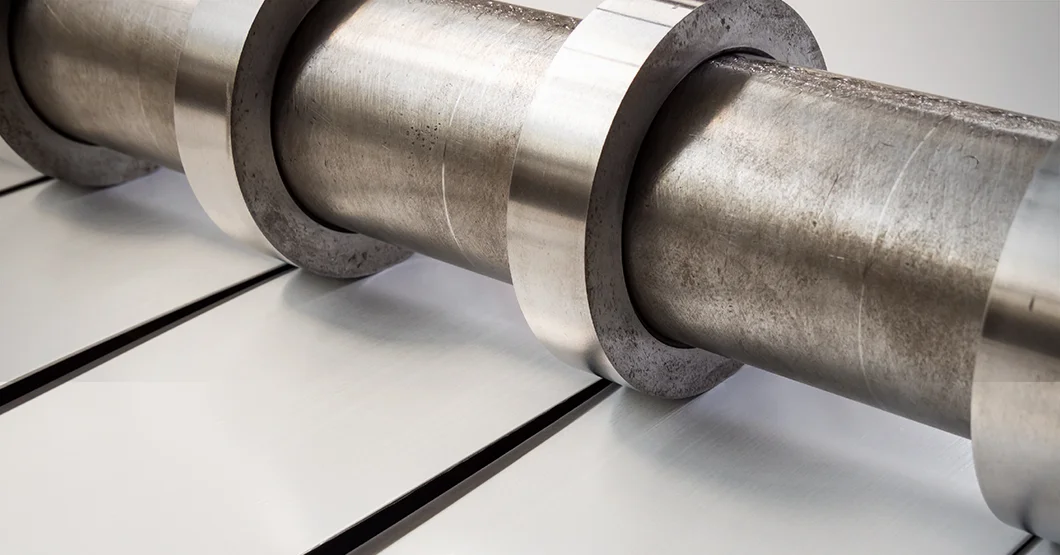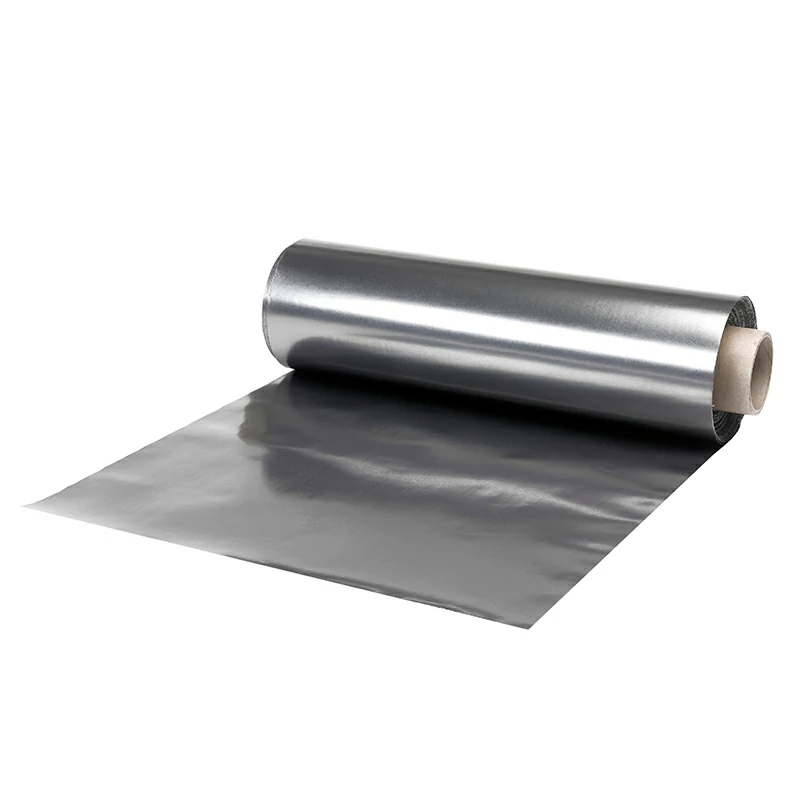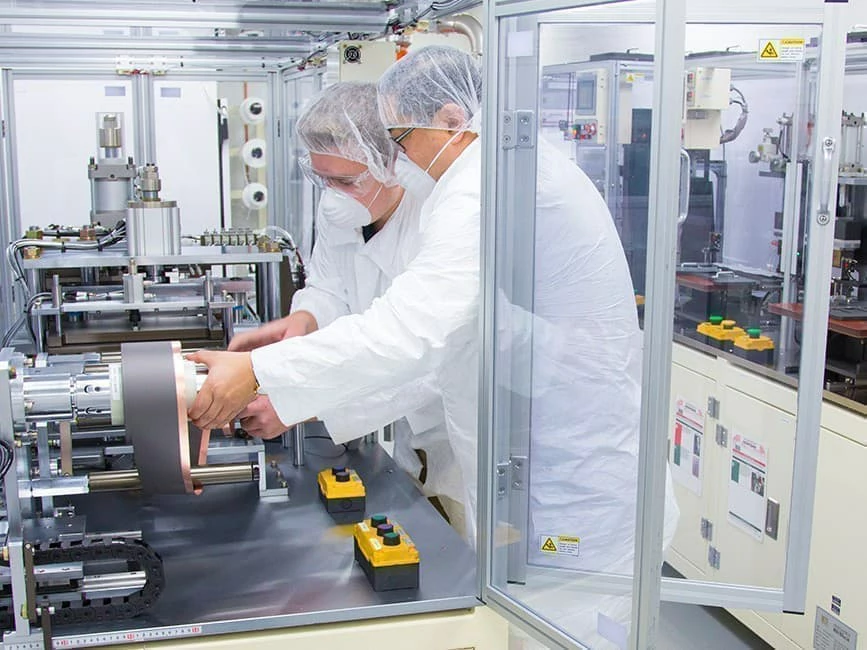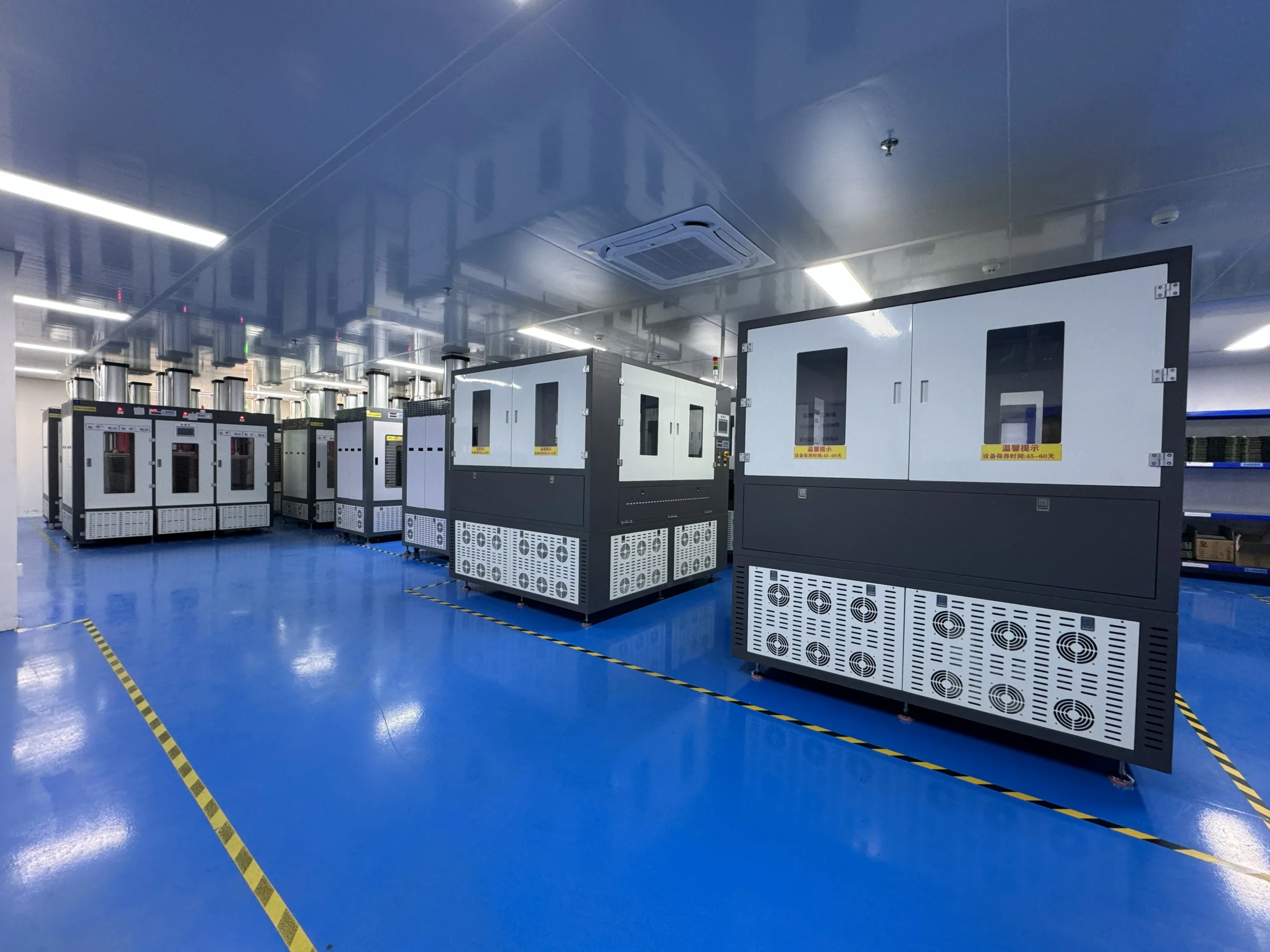Optimization of Dry Homogenization Process for Lithium-ion Battery Anode
main content
In the manufacturing of lithium-ion batteries, the negative electrode homogenization process is a key link that determines the performance of the electrode sheet and the battery life. The traditional wet process has problems such as high solvent recovery costs and great environmental protection pressure. However, the dry homogenization technology achieves stable dispersion and efficient production of high-solid-content slurries through innovative steps such as premixing, kneading, and step-by-step dilution. The following analysis is conducted from the dimensions of process flow, technical advantages and future trends.
I. Analysis of Core Process Steps of Dry Homogenization
1. Premixing: Mechanical shearing breaks the aggregates
The starting point of dry homogenization is the dry mixing of graphite, conductive agents (such as Super P) and CMC powder. The soft agglomeration of the primary particles is broken in a solvent-free environment through high-speed mechanical shearing (such as jet mills or screw extruders) (Figure 1). Studies show that when the mixing speed reaches 1300 to 2000 rpm, aggregates with particle sizes > 5 μm can be effectively dispersed, enabling the conductive agent to form an initial conductive network with graphite. At this stage, the moisture content of the powder (< 0.5%) needs to be controlled to prevent CMC from absorbing water and forming lumps prematurely.
2. Kneading: Enhanced dispersion of high-solid-content slurry
The premixed powder and part of the deionized water (with a solid content of 66.5% to 68%) are put into the double planetary mixer. Through the combined shear force of revolution (35 Hz) and rotation (30 Hz), a high-viscosity slurry is formed. The core of this stage is to break hard agglomerates through shear energy density (≥5 kW/m³), while maintaining the stability of the slurry by taking advantage of the thickening effect of CMC. Experiments show that when the viscosity of the mud reaches 8,000 to 12,000 mPa·s, a uniform CMC adsorption layer can be formed on the surface of the graphite particles, the Zeta potential drops below 30 mV, and the electrostatic repulsion effect is significantly enhanced.
Technological breakthrough: Patent CN107910503A proposes a phased gradient water addition strategy. The initial water addition ratio is controlled at 40% to 60% of the total water volume, ensuring that the active substances and conductive agents are fully wetted.
3. Step-by-step dilution: Dynamically balance viscosity and sedimentation
To prevent particle sedimentation caused by sudden changes in viscosity, water should be added twice during the dilution process to adjust the solid content to 53% to 55%. The first dilution reduced the solid content to 58% to 60%, and maintained the shear rate through low-speed stirring (200 to 400 rpm). The second dilution further reduced to the target value. At this time, the viscosity of the slurry smoothly transitioned from 8000 mPa·s to 4000±200 mPa·s. This strategy can suppress the vicious cycle of "shear thinning and sedimentation", reducing the TSI (instability index) of the slurry from 1.05 to 0.75.
Data support: The wear rate of the optimized electrode sheet has decreased from 1.53% in the traditional process to 0.61%, and the peel strength has increased to 9.87 N/m.
4. Binder addition: Low-damage integration of SBR emulsion
After dilution is completed, add the SBR emulsion at a low speed (≤500 rpm). The glass transition temperature (Tg) of SBR needs to be controlled within the range of 20 ° C to 10 ° C, and the flexibility of the electrode sheet is supplemented through van der Waals forces and hydrogen bonds. Studies have shown that when the addition amount of SBR exceeds 2.25%, it will cause latex particles to migrate and float up (the "blue float" phenomenon), and this effect needs to be suppressed by step-up addition and gradient drying (80℃→100℃→120℃).
Innovative solution: Patent CN115224273A proposes an SBR modification technology with pre-coated rare earth elements (such as La³⁺), which can enhance the suspension stability of the emulsion and reduce the viscosity of the slurry by 40%.
Ii. Technical Advantages and Challenges of Dry Homogenization
1. Core advantage
Cost reduction: Eliminating the NMP solvent recovery process leads to a reduction of over 50% in energy consumption and a 30% drop in equipment investment costs. Environmental improvement: Completely avoid VOC emissions and comply with the restrictions on NMP stipulated by the EU REACH regulation. Performance optimization: The compaction density of the electrode sheet has been increased to 1.65 g/cm³, and the ionic conductivity has been enhanced by 15%.
2. Existing bottlenecks
Dispersion uniformity: During the dry mixing process, nano-scale conductive agents (such as CNT) are prone to form "hot spots", which need to be optimized by combining ultrasonic dispersion (2040 kHz) and sanding process (1500 rpm).
Equipment wear: High-nickel cathode materials are prone to breakage during the rolling process, leading to metal debris contamination of the equipment. Ceramic-coated rollers need to be used to extend their service life.
Iii. Future Development Trends
1. Equipment intelligence: The online viscosity sensor based on AI algorithms can adjust the water addition rate in real time and dynamically adapt to the batch differences of materials.
2. Composite binder: The compound system of CMC and lithiated PAA can form a three-dimensional network to suppress the volume expansion of the silicon-carbon anode (capacity retention rate > 80% after 500 cycles).
3. Dry electrode integration: By integrating isostatic presses (with a pressure of ≥200 MPa) and dry coating technology, continuous production of sulfide solid-state batteries can be achieved. It is expected that GWH-level production lines will be put into application in 2025.
Conclusion
The dry homogenization process achieves efficient dispersion and stable formation of the anode slurry through stepwise optimization of pre-mixing, kneading and dilution. In the future, with breakthroughs in intelligent devices and new materials, dry process technology is expected to drive lithium battery manufacturing towards a more environmentally friendly, low-cost and high-performance direction, paving the way for the industrialization of 400 Wh/kg high energy density batteries.

START-STOP LITHIUM battery
Enov start-stop battery is designed to provide excellent performance for high-demand start-stop vaehicles. It adopts the third-generation intelligent lithium platform architecture to achieve technological breakthroughs in core indicators such as cycle life, environmental adaptability and energy density. Compared with the traditional lead-acid battery system, the energy efficiency is increased by 210%, the cycle life is extended by 8-10 times, and the monthly self-discharge rate is controlled within 3%. Enov's unique low-temperature battery technology makes a breakthrough in achieving stable output in the whole climate domain from -30℃ to 65℃, maintaining more than 90% of the effective capacity release under extremely cold conditions (-30℃), and maintaining 90% of the capacity in high temperature environments (65℃).
The start-stop battery series products cover the mainstream voltage platform of 12V/24V/48V, and support flexible configuration of LFP (lithium iron phosphate) and NCM (lithium nickel cobalt manganese oxide) dual-material system. All models adopt modular design to support customization of different model specifications. Enuo engineering and technical team to provide full cycle technical service support, if you need, please contact us.
Other products
UAV BATTERY
LITHIUM ENERGY STORAGE BATTERY
QUICK INQUIRY
FAQ
Access to high frequency technical questions with one click, get accurate answers on product application, after-sales policy and customization process.
Service and Support
Get the latest product specifications, explore professional OEM/ODM customization services, click to open exclusive technical support and production solutions.
Become a Partner
We sincerely invite resources to interconnect, work together for win-win development, and immediately open a new chapter of strategic cooperation!





